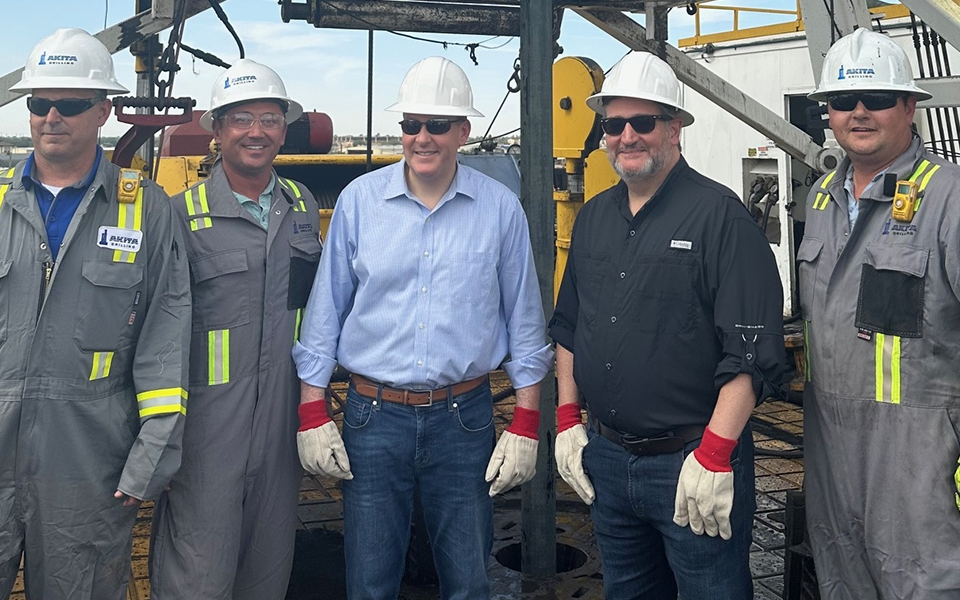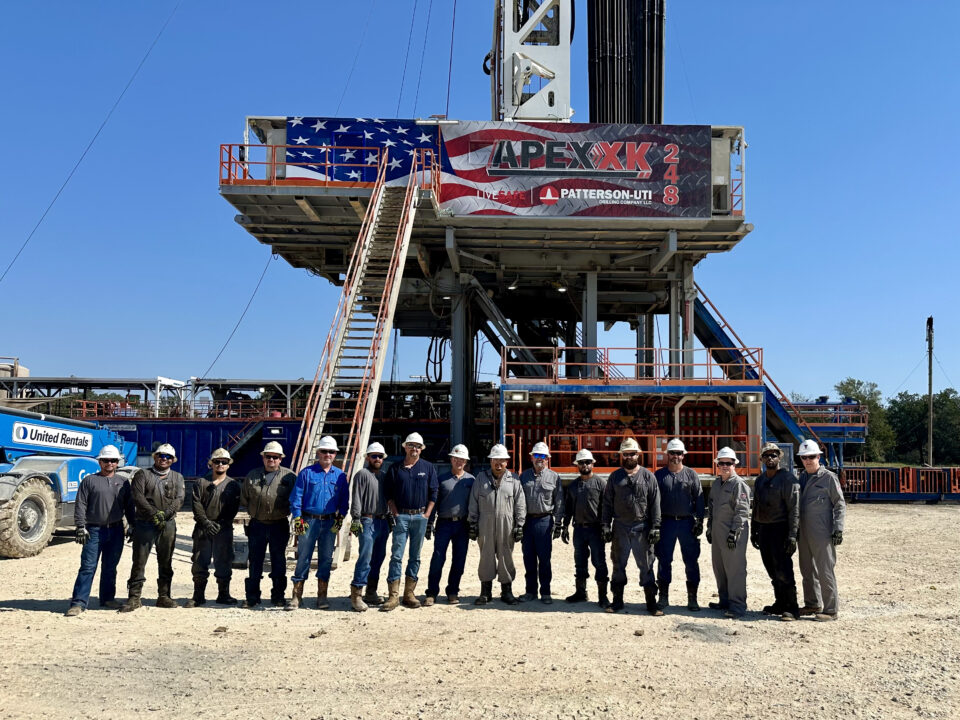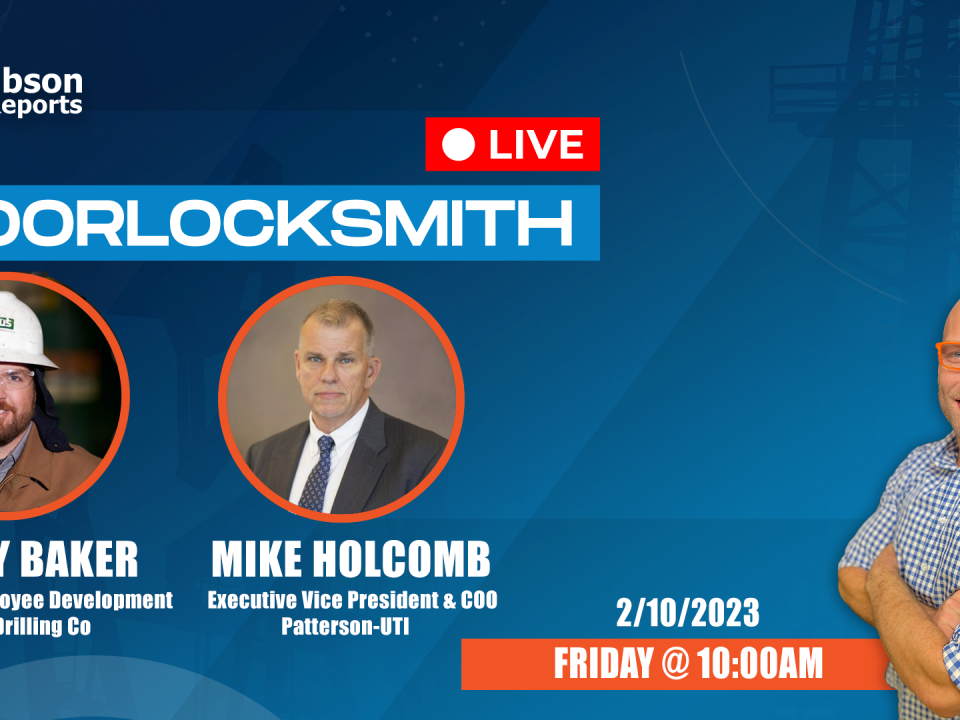Forklift Truck Maintenance and Operation
Forklift Truck Maintenance and Operation
- Maintenance to the forklift could save unneeded repairs and work. Before starting the forklift check the following items:
- oil
- coolant
- battery levels
- hoses
- fittings
- mast
- tires
- After starting, check the steering, hydraulics and brakes. If something does not check right inform the driller and toolpusher. Make necessary repairs or get authorized personnel to make repairs. Refer to the maintenance checklist assigned to the forklift truck.
- A good forklift operator knows his equipment. Familiarize yourself with the various controls and their function. You should know the fork lift load center and capacity. The capabilities and limitations of the machine are in the operator’s booklet or on the identification plate attached to the forklift.
- Make sure you understand the load capacity of your forklift and don’t exceed it. An overloaded forklift is very dangerous. The forklift will be light on the back end when overloaded and you may not be able to steer it. Overloading can also damage the hydraulics and weaken other parts.
- Always lift loads smoothly and slowly, with the mast vertical or tilted back slightly. Avoid sudden jerks when lifting; they may damage the load or the machine.
- Always keep your load low to the ground when traveling. This will help stabilize the load. Never raise your load until you are at the unloading point. Never lift or lower a load when machine is moving.
- Never move a poorly balanced or unsafe load. Always balance the load on the forks, against the backrest with the load slightly tilted back against the mast.
- Gradually start and stop your forklift to protect the load against damage. Sudden starts and stops place unnecessary stress on the machine. Always check and see if area is clear before a start or stop.
- When possible avoid rough or uneven surfaces. Travel at a very slow speed to protect the load and machine from damage. High speed can upset the control and stability of the forklift and may damage tires.
- Always keep a safe working distance between the forklift and other vehicles or pieces of equipment. When moving pipe pay special attention to the load swing when turning.
- Never allow riders on the forklift. Do not let anyone climb on the forks. When lifting someone with the forklift use only an approved platform with guardrails.
- The fork tips are the most dangerous part of a forklift. Never allow the forks to hit a co-worker or other objects. When you park the forklift always lower and tilt the forks forward to the ground in an untraveled area.
- When you are finished with the forklift always park it in neutral. Shut the engine off and the set parking brake. If parked on an incline, chock the wheels. If no one is going to be around the location, remove the keys and give them to the toolpusher.
- There should be no riders allowed on forklift trucks.
- People in the vicinity of a forklift that is operating should:
- Keep a safe distance from the lift truck and pay attention to the swing of the truck. Depending on the type of truck the forks or rear end can swing out of the arc of the truck on turns.
- Never walk under raised forks. Even when empty, the forks could fall without warning.
- Never assume that the forklift driver knows you are there. Make yourself known.




